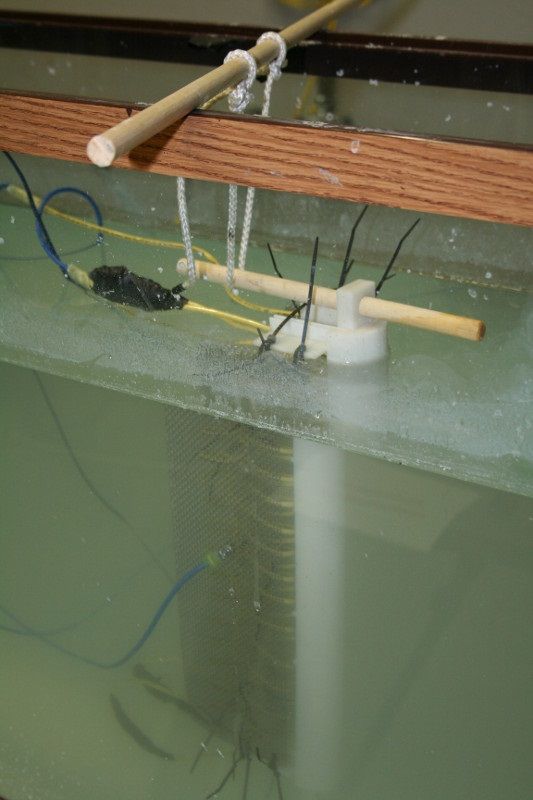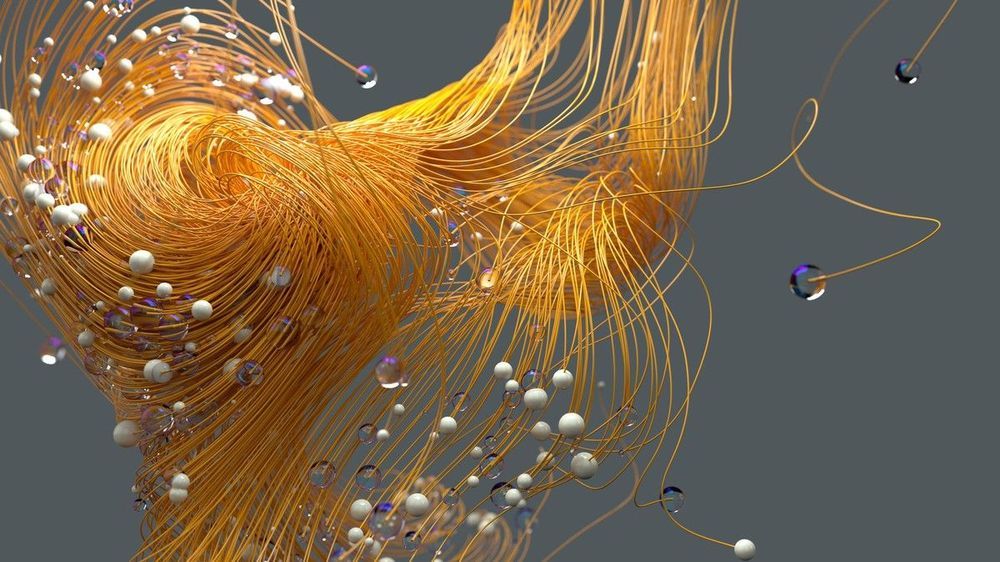Say hello to the BlackBird: The car that can shift into any shape you want.
Get the latest international news and world events from around the world.

New fossil pushes back physical evidence of insect pollination to 99 million years ago
A new study co-led by researchers in the U.S. and China has pushed back the first-known physical evidence of insect flower pollination to 99 million years ago, during the mid-Cretaceous period.
The revelation is based upon a tumbling flower beetle with pollen on its legs discovered preserved in amber deep inside a mine in northern Myanmar. The fossil comes from the same amber deposit as the first ammonite discovered in amber, which was reported by the same research group earlier this year.
The report of the new fossil will publish Nov. 11 in the journal of the Proceedings of the National Academy of Sciences. The fossil, which contains both the beetle and pollen grains, pushes back the earliest documented instance of insect pollination to a time when pterodactyls still roamed the skies—or about 50 million years earlier than previously thought.
Kitty Hawk’s Extremely Quiet Flying Car Has a 100-Mile Range
It can reportedly cover the 55 miles between San Jose and San Francisco in just 15 minutes.


Google Cloud Down
“Multiple products are affected globally”
Google Cloud down. Issue global in scale. Numerous services affected, including Kubernetes and IoT services like Nest.
Google Cloud Platform (GCP) says it is experiencing a “major issue” with services including Cloud Dataflow, AppEngine, Compute Engine, Cloud Storage, Dataflow, Dataproc, Pub/Sub, BigQuery, Networking all failing today as of 9.14 am BST.

Quantum computing gets 10 billion qubits closer
Oxford University researchers have, for the first time, generated a massive 10 billion entangled bits in silicon, taking an important step towards a real world quantum computer.
The researchers cooled a piece of phosphorus-doped silicon to within one degree of absolute zero and applied a magnetic field. This process lined up the spins of one electron per phosphorus atom. Then the scientists used carefully timed radio pulses to nudge the nuclei and electrons into an entangled state. Across the silicon crystal, this produced billions of entangled pairs.
Stephanie Simmons, researcher and lead author on the paper Entanglement in a solid-state spin ensemble — published in Nature, says that quantum computers really start to give classical computers a run for their money at a few dozen qubits, but her team is working to skip that stage altogether by going directly from a two-qubit system to one with 10 billion.

‘Water cloak’ uses electromagnetic waves to eliminate turbulence
We could essentially control water at the coast lines with magnetism keeping it from eroding things.
Fuel-efficient ships that produce no wakes could soon be a reality thanks to computer simulations of “water cloaks” done by two researchers in the US. Yaroslav Urzhumov and Dean Culver of Duke University have shown that ions present in ocean water can be accelerated by electromagnetic waves in such a way that any turbulence created by sea-going vessels is cancelled out. Their work offers new opportunities for creating ships with greater propulsion efficiency – and could also be used to make vessels that are harder to detect.
“This cloaking idea opens a new dimension to create forces around an underwater vessel or object, which is absolutely required to achieve full wake cancellation,” says Urzhumov.
Guiding waves
Initial ideas for a water cloak were based on developing a specially designed metamaterial to coat the hulls of ships. Metamaterials are more common in optics and acoustics and comprise structures that can bend light or sound waves in ways not possible with conventional materials. In 2011, Urzhumov and colleagues hoped to develop a porous material interspersed with a complex network of miniscule pumps, to act as a metamaterial for guiding water waves. It was hoped that the system could cancel-out any turbulence caused by a moving vessel.

A Satellite That Fires Fake Shooting Stars Is Ready to Launch
Burning Garbage
The satellite will launch centimeter-long pellets that will incinerate upon re-entering Earth’s atmosphere. From the ground, they’re expected to look similar to slow-moving shooting stars and will take anywhere from three to ten seconds to burn away, Space.com reports.
“With this launch, we are a step closer to realiz[ing] the man-made shooting star,” Astro Live Experiences CEO Lena Okajima said, per Space.com. “Please look forward to the world’s first demonstration we are aiming [for] in 2020, which will be a major milestone for ALE.”


Something Very Strange Seems to Be Synchronizing Distant Galaxies
Galaxies millions of light years away seem to be connected by an unseen network of massive intergalactic structures, which force them to synchronize in ways that can’t be explained by existing astrophysics, Vice reports. The discoveries could force us to rethink our fundamental understanding of the universe.
“The observed coherence must have some relationship with large-scale structures, because it is impossible that the galaxies separated by six megaparsecs [roughly 20 million light years] directly interact with each other,” Korea Astronomy and Space Science Institute astronomer Hyeop Lee told the site.